This article contains graphic descriptions of sexual assault and murder. Please read with caution.
In 1978 Rodney Alcala looked like the perfect TV game show contestant. Tall, with long, wavy hair, and a hip, 1970s sense of style, Alcala appeared on The Dating Game that year, taped in Los Angeles. But little did the popular game show’s producers know, that Alcala, whose story is now told in the dramatized Netflix movie, Woman of the Hour, had a criminal history.
On The Dating Game, three eligible bachelors compete to win a date with a woman, and in Alacala’s episode, that woman was named Cheryl Bradshaw. Bradshaw picked Alcala, but they never went out because she found him “creepy.” That’s an understatement. At that time, Alcala had already served time in prison for child molestation and raped and murdered two women, crimes for which he had not yet been convicted — this was, after all, a time before background checks and social media.
Alcala had even spent time on the FBI’s most wanted list, and after Alcala’s The Dating Game appearance, he would rape and murder at least six more women in Southern California. He was finally caught and convicted in 1980, and based on that game show appearance, Alcala is now known as “The Dating Game killer.”
Jed Mills, Alcala’s The Dating Game co-contestant, later recalled that when they appeared together on the show, “I could not be near him. I am kind of bending toward the other guy to get away from him, and I don’t know if I did that consciously. But thinking back on that, I probably did.”
Young Rodney Alcala, revealed: Who did Alcala kill?
When Rodney Alcala was arrested in 1979, authorities believed he had killed at least seven women, and abducted and raped Tali Shapiro, an 8-year-old girl, but Alcala fled, and she survived. Alcala had already served three years for Shapiro’s assault. In 1980, he was sentenced to death for murdering 12-year-old Robin Samsoe, but that verdict was never carried out and was twice overturned on technicalities.
After Shapiro’s 1980 conviction, DNA linked Alcala to the murders of four more women: Jill Barcomb, Jill Parenteau, Georgia Wixted, and Charlotte Lamb, who were between the ages of 18 and 32 when they died. In the 2010s, Alcala was convicted for Cornelia Crilley’s and Ellen Jane Hover’s murders in New York, and for the murder of a pregnant woman, Christine Ruth Thornton, in Wyoming. Authorities now believe Alcala may have killed as many as 130 women, the AP reported.
Cynthia Libby was just 16 years old when she went on a date with Alcala amid his serial killing spree. She planned to see Alcala again, but he never showed. When news broke that Alcala was a serial killer, Libby told People, “I couldn’t believe it. I still have a hard time believing it. I could have been one of the dead girls.”
How did Rodney Alcala kill his victims?
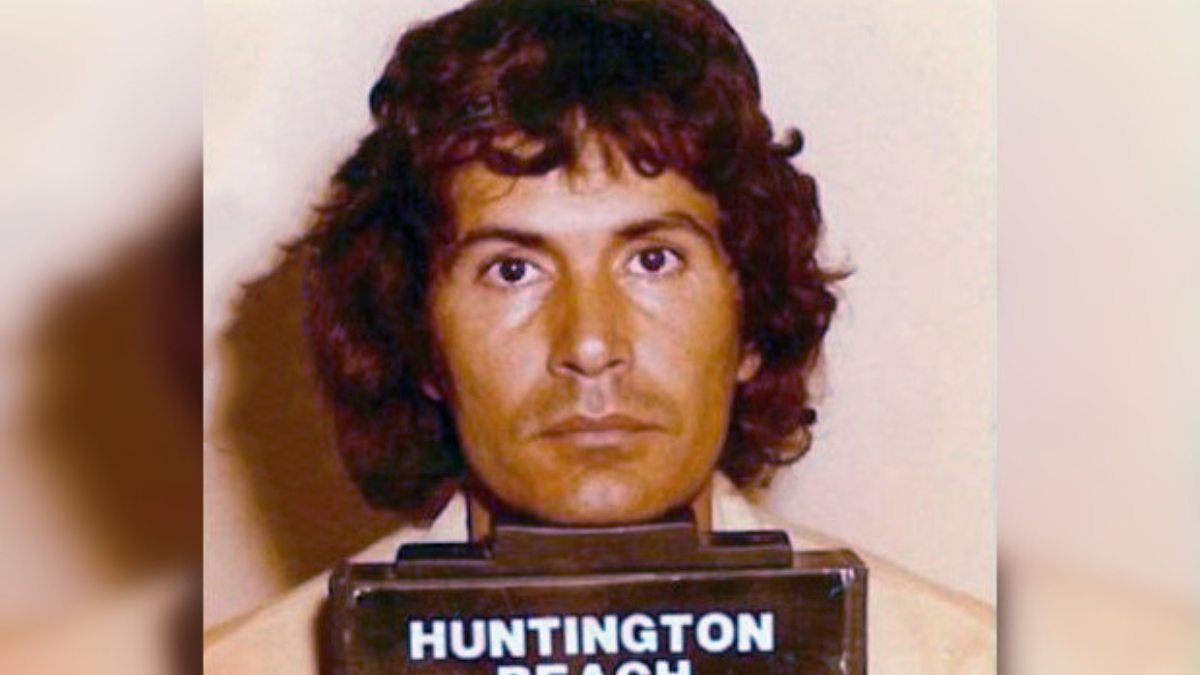
During his killing spree, Rodney Alcala would lure his victims by posing as a fashion photographer and would photograph the women before they died in compromising and sexually explicit situations. Alcala typically sexually assaulted and strangled his victims. Some he revived only to torture them again, and some victims were posed and photographed after they died.
More than 100 Alcala photograph subjects, some teenage boys, have yet to be identified. Authorities believe they are linked to missing person’s cold cases and could be still more Alcala victims, waiting to be discovered.
Over the years, Alcala’s life imprisonment and death sentences were overturned and appealed, and he was typically resentenced as his cases remained locked up in court. Alcala died of natural causes in prison in 2021, at age 77. “There is murder and rape,” Bruce Barcomb, Jill Barcomb, one of Alcala’s victim’s brother, later said, “and then there is the unequivocal carnage of a Rodney Alcala-style murder.”

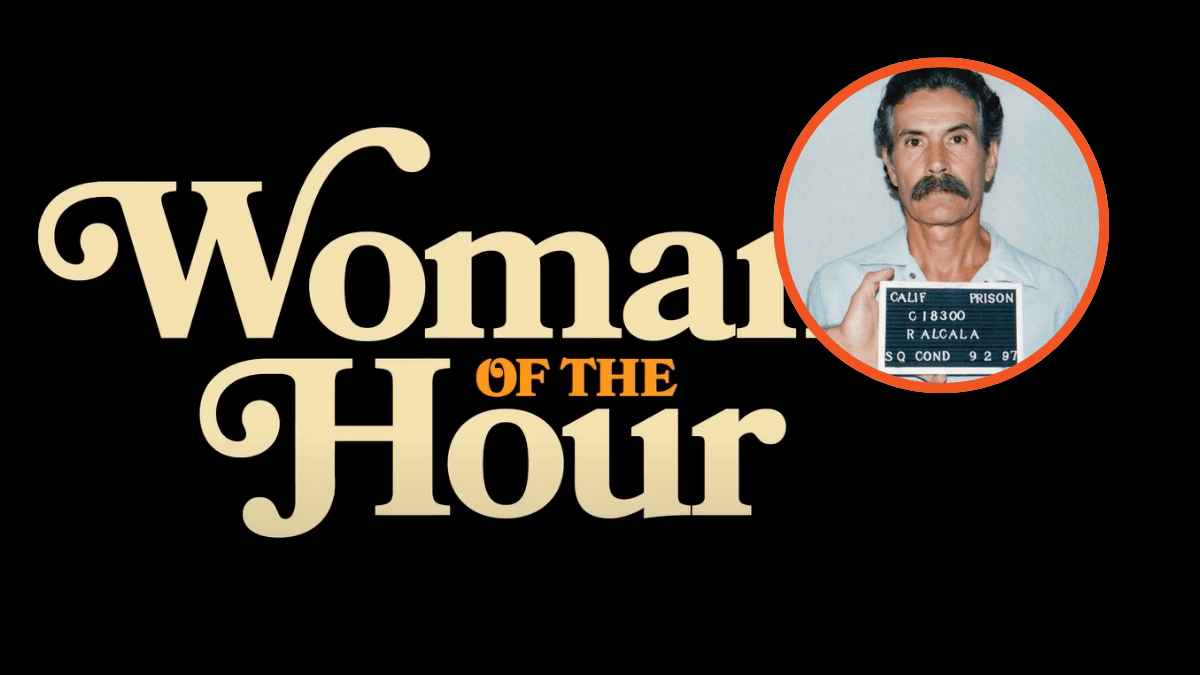
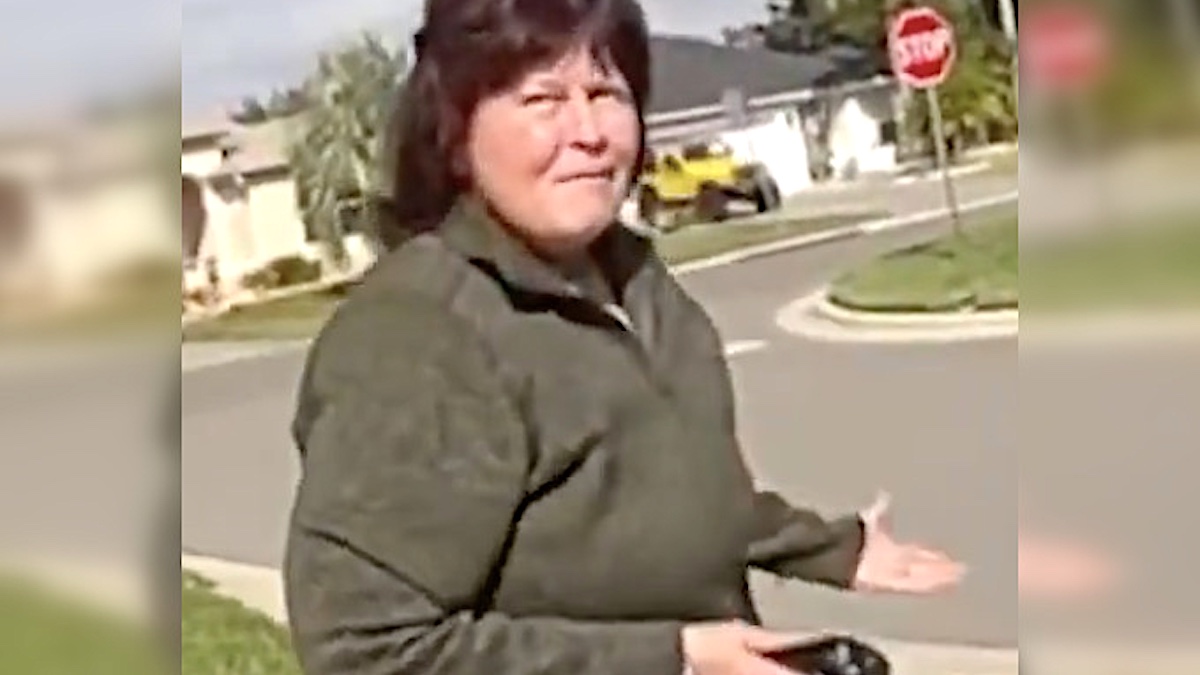



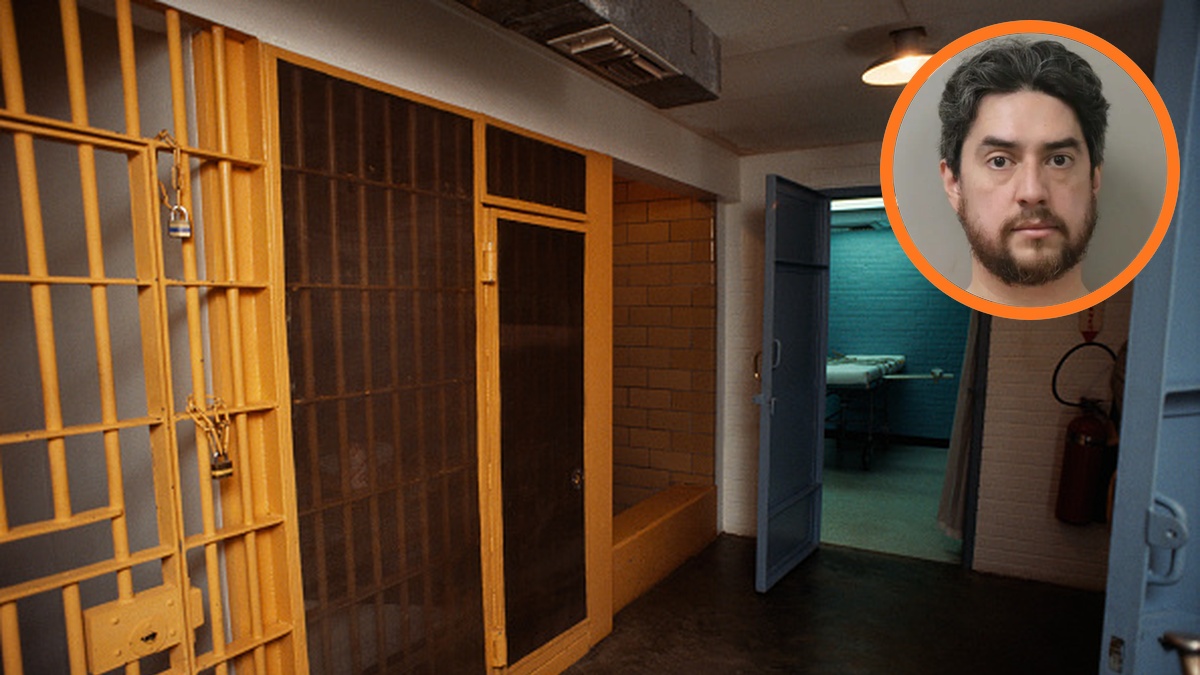
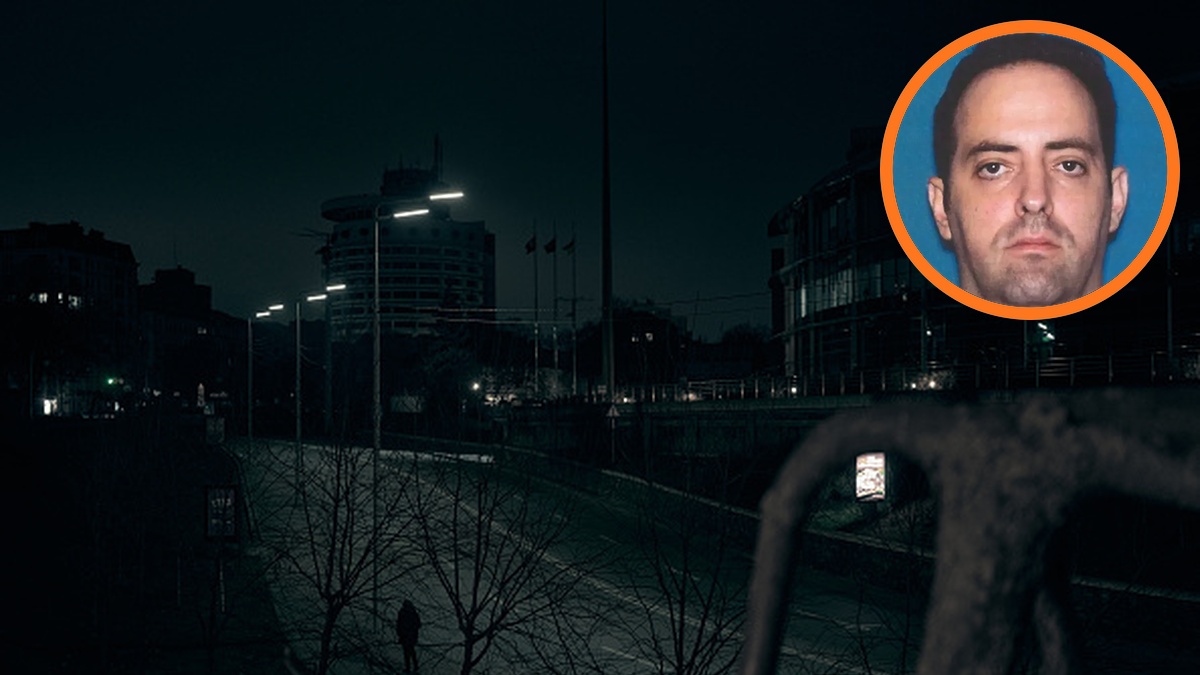
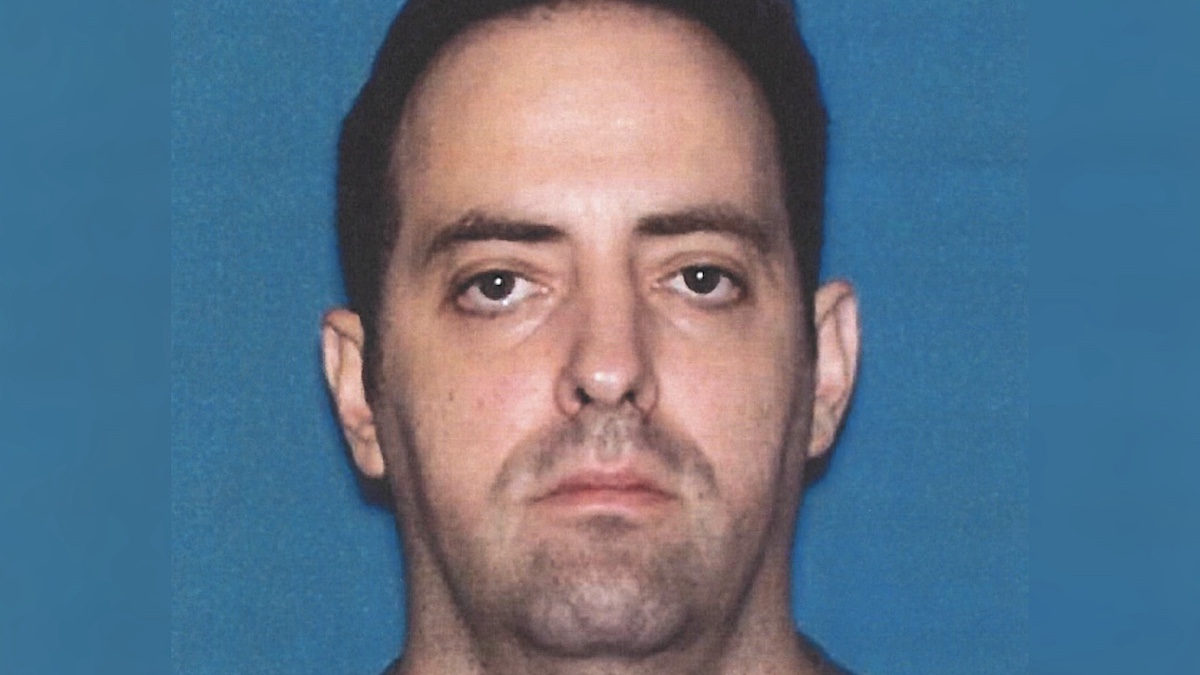
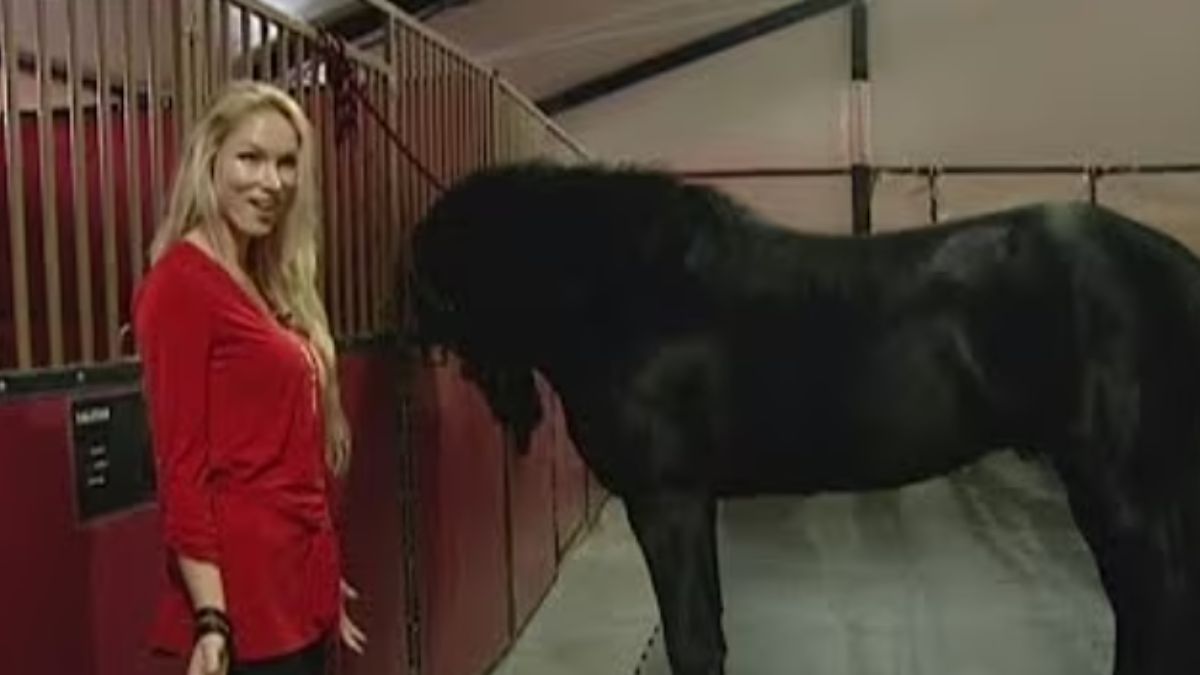

Published: Oct 23, 2024 04:04 pm